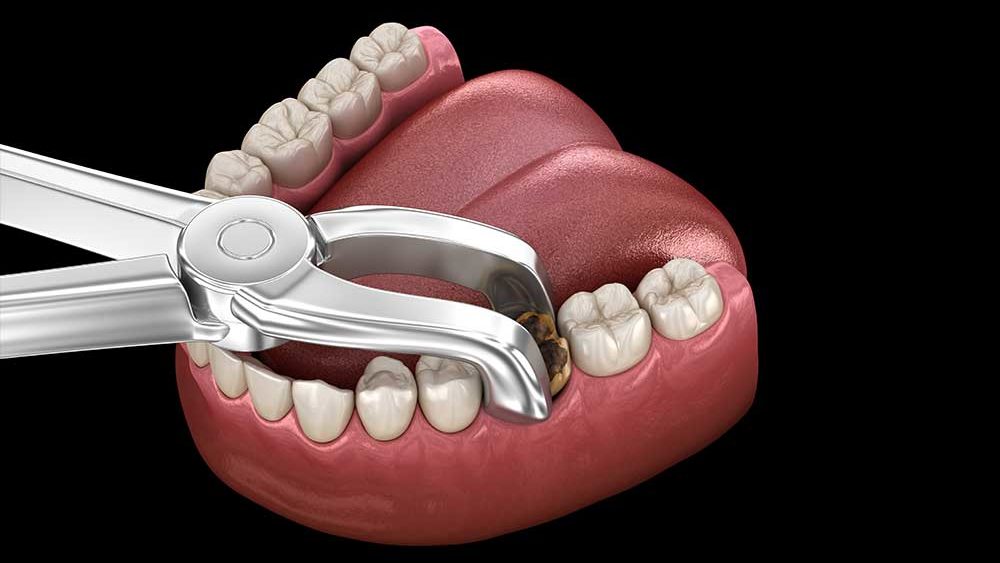Tooth extraction is a common dental procedure that may result in bleeding, particularly during the initial hours following the extraction. While some bleeding is normal after tooth extraction, excessive or prolonged bleeding can be concerning and may require intervention to control. Knowing how to stop bleeding after tooth extraction is essential for promoting healing and preventing complications. Here are some effective strategies for managing bleeding after tooth extraction.
Apply Gauze Pressure
After tooth extraction in Coweta OK or elsewhere, your dentist or oral surgeon will place a piece of sterile gauze over the extraction site and instruct you to bite down gently to create pressure. This pressure helps promote blood clot formation and reduces bleeding. Leave the gauze in place for the recommended time, typically 30 to 45 minutes, before removing it. If bleeding persists, replace the gauze with a fresh piece and continue applying pressure.
Avoid Disturbing the Blood Clot
Following tooth extraction, it’s crucial to avoid activities that may disturb the blood clot forming in the extraction site. Refrain from rinsing, spitting, or using straws for the first 24 hours after extraction, as these actions can dislodge the blood clot and lead to increased bleeding. Additionally, avoid vigorous exercise or strenuous activities that may elevate blood pressure and exacerbate bleeding.
Elevate the Head
Keeping your head elevated can help reduce blood flow to the extraction site and minimize bleeding. Prop yourself up with pillows when lying down or sleeping to maintain a semi-upright position. Avoid lying flat on your back, as this can increase blood flow to the head and contribute to bleeding. Elevating the head can also help alleviate swelling and discomfort following tooth extraction.
Apply Cold Compress
Applying a cold compress to the outside of the mouth can help constrict blood vessels and reduce bleeding after tooth extraction. Wrap a bag of ice or a cold pack in a thin cloth or towel and apply it to the affected area for 10 to 15 minutes at a time. Be sure to take breaks between applications to prevent skin irritation or frostbite. Cold therapy can help numb the area and minimize bleeding and swelling.
Avoid Certain Foods and Activities
In the first few days following tooth L, it’s important to avoid foods and activities that may exacerbate bleeding or delay healing. Stick to soft, cool foods that are easy to chew and swallow, such as yogurt, mashed potatoes, and smoothies. Avoid hot, spicy, or acidic foods that may irritate the extraction site. Also, refrain from smoking or using tobacco products, as they can impair healing and increase the risk of complications.
Seek Medical Attention if Bleeding Persists
In most cases, bleeding after tooth extraction will gradually diminish and stop within the first 24 hours. However, if bleeding persists or worsens despite following home care instructions, it’s essential to seek medical attention promptly. Contact your dentist or oral surgeon for further evaluation and guidance. Excessive or prolonged bleeding may indicate complications such as a dislodged blood clot, infection, or underlying medical conditions that require treatment.
Conclusion
Managing bleeding after tooth extraction is essential for promoting healing and preventing complications. By applying gauze pressure, avoiding disturbing the blood clot, elevating the head, applying a cold compress, avoiding certain foods and activities, and seeking medical attention if necessary, individuals can effectively control bleeding and facilitate the healing process following tooth extraction.

